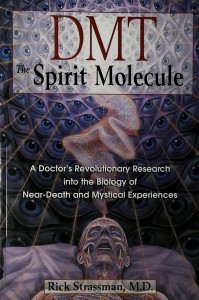The afterlife of a comic strip
Sep 29th, 2015 by houghtonmodern
Cataloging work continues on Harvard College Library’s recently acquired collection of over 20,000 zines. Zines are non-commercial, non-professional and small-circulation publications that their creators produce, publish and either trade or sell themselves. For access to the collection, contact the Modern Books & Manuscripts department.
Charles Schulz’s Peanuts is just one example of a typically mainstream, family-friendly comic that can be reinterpreted in zines according to the authors’ views. Although Schulz’s comics portray interactions between children and animals, they are not all apolitical. Kathee Terrell, the author of “A Million Birthdays”, includes several Peanuts comics in her zine, including a shortened version of one from 1970 where an uncharacteristically timid Lucy Van Pelt is interrupted while attempting to explain the contemporary feminist movement to Snoopy.
An original Charles Schulz comic included in issue #5 0f the zine “A Million Birthdays.”
Other feminist authors have incorporated the series and its female characters into their own zines. In Rebecca’s zine, entitled “Lusy’s Angry”, she describes Lucy van Pelt’s strengths as a character, and her admiration of the friendship between fellow Peanuts characters Marcie and Peppermint Patty.
The back and front wrappers of the zine “Lusy’s Angry” (Issue #1)
This friendship also inspires a comic strip in the second issue of a zine called “L’il Princess.” In this comic, Marcie and Patty are seated at their desks in their classroom. In the Schulz’s original work, this is often a setting for Patty to complain about school and to fail at answering her teacher’s questions. But here, a much more jaded Peppermint Patty recites “Resumé”, a Dorothy Parker poem about logistical problems with suicide.
Comic in the zine “L’il Princess”, with text written by Dorothy Parker
Of course any characters as popular as Charlie Brown, his friends, and more particularly his dog Snoopy, become commercial as well as artistic symbols. MetLife gained legal rights to use Snoopy and others in advertisements in 1985. Nearly a decade later, at least two small press publications also made use of the Peanuts characters, parodying both the company and its advertisements. The first issue of the zine “RTFM”, includes John S. Sizemore’s story about the disappointing lives of older Peanuts characters, as told to the narrator by Charlie Brown, now an insurance agent who spends his days smoking and reminding his clients that “if someone cuts down a tree and it falls on your RV, it’s not an act of God.” (Sizemore, 27) The plaque on his desk, of course, features a MetLife slogan.
Charlie Brown working for MetLife in the story “Welcome to Middle Age, Charlie Brown!”, written and illustrated by John S. Sizemore
The Realist was a satirical magazine which often included rewritten versions of popular comics. In its 127th issue, three Peanuts comics were reformatted to criticize MetLife. The first relates a conversation between Charlie Brown and Lucy van Pelt and is a criticism of the concept of life insurance in general. But the next is a very obvious reference to a real instance of deceptive marketing earlier that year, when MetLife was successfully sued for deceptive sales practices by policyholders in Pennsylvania. The third comic again references the fall-out of that scandal, including the loss of jobs for key executives.
Comics included in the 127th issue of “The Realist”, published and edited by Paul Krassner
Citations:
Rebecca. Lusy’s Angry. San Francisco: n.p, n.d. Print.
Princess, Liz. L’il Princess. Columbia, MD: n.p, 1995. Print.
Terrell, Kathee. A Million Birthdays. Willoughby, OH: n.p, 2004. Print.
Sizemore, John S. “Welome to Middle Age, Charlie Brown!” In RTFM (Read the Fucking Manual) (ed. Robert L. Thornton). Rockville, MD: n.p, 1994. Print.
Krassner, Paul. The Realist. Venice, CA: n.p, 1994. Print.
Thanks to Anna Ryerson, an undergraduate student at Mt. Holyoke, who worked in the Modern Books & Manuscripts department this past summer, for contributing this post.





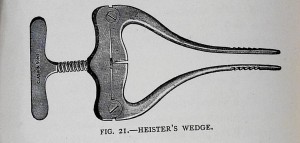
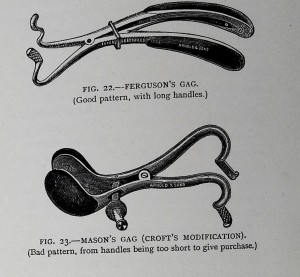

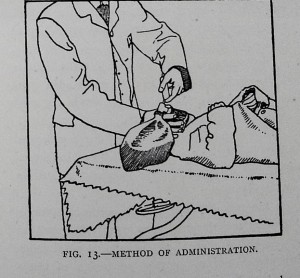
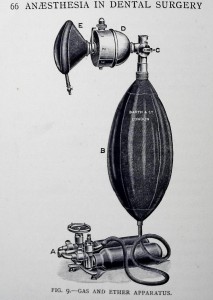
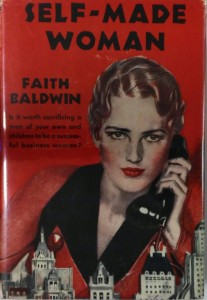

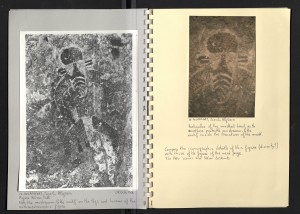



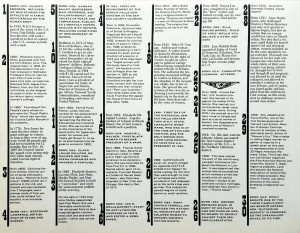


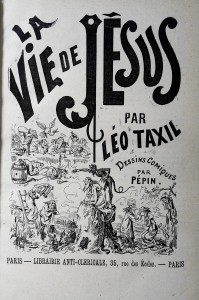
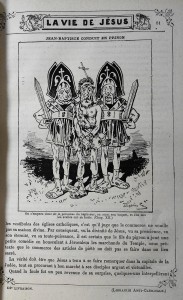
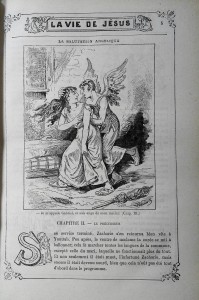
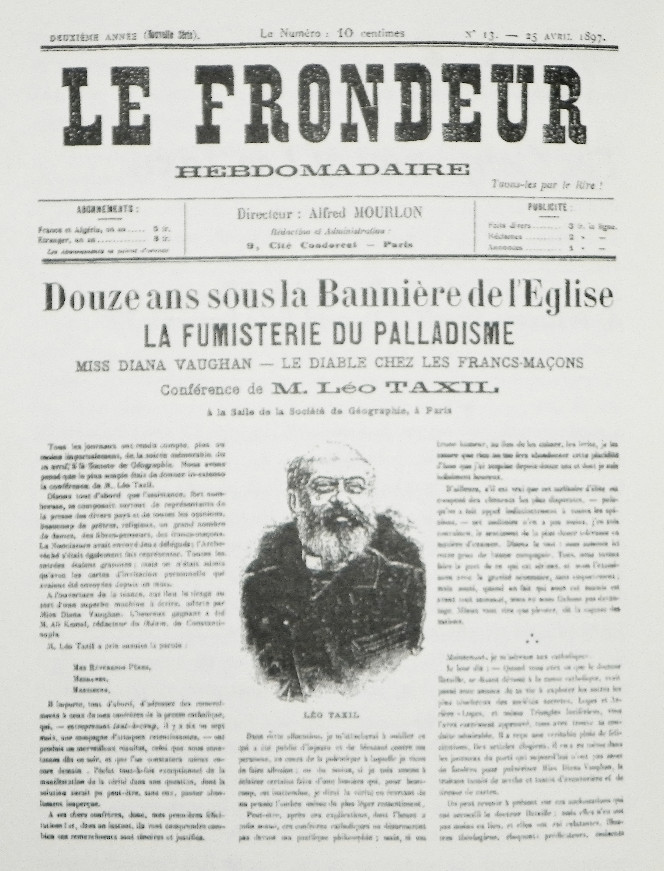


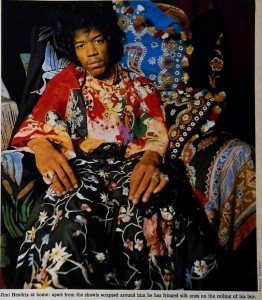

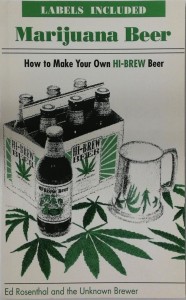

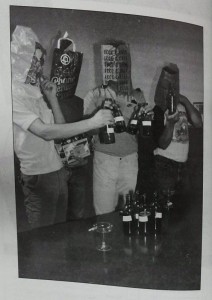


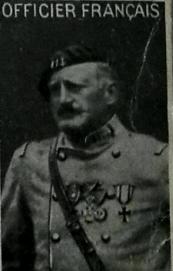


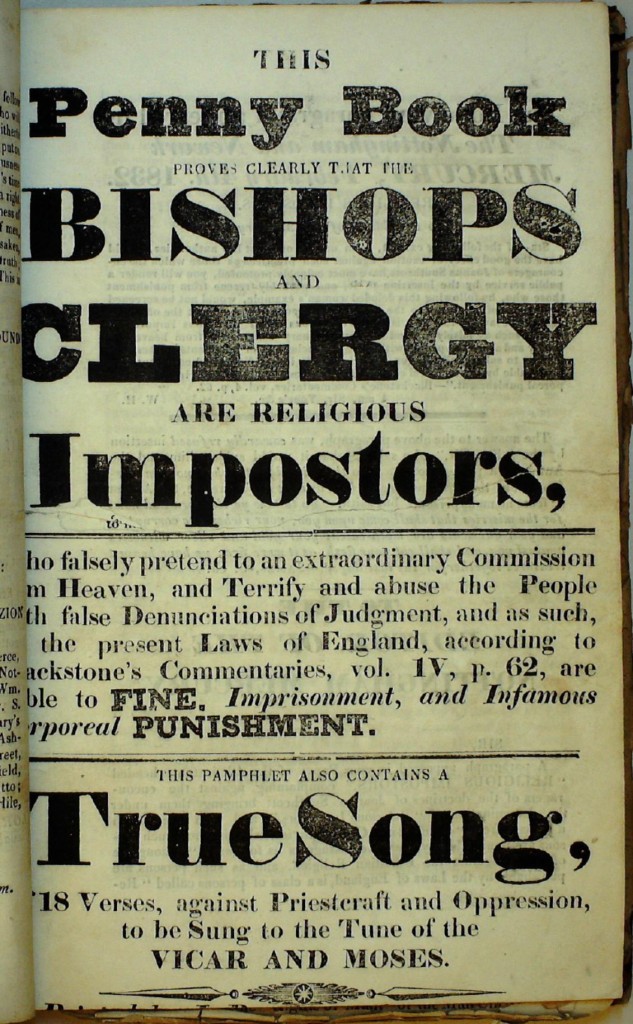
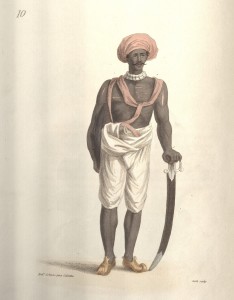


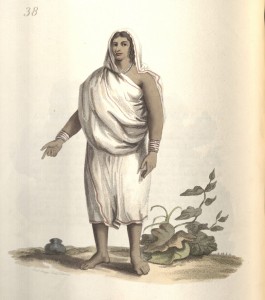
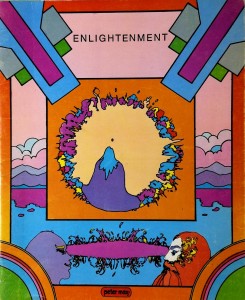




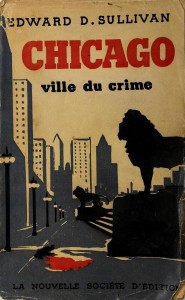
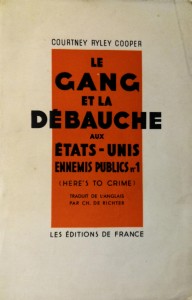
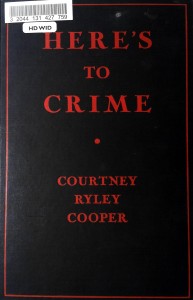
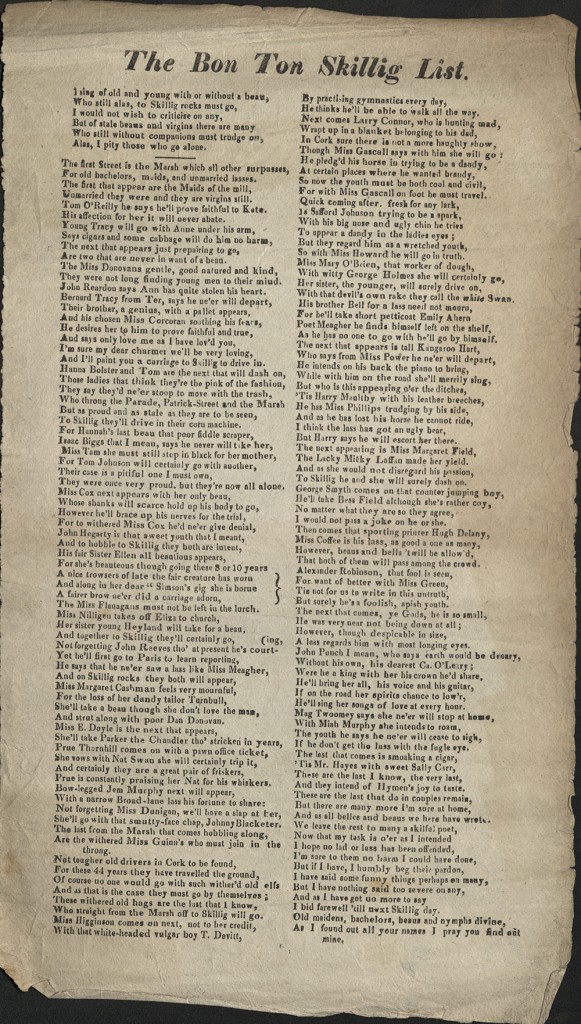
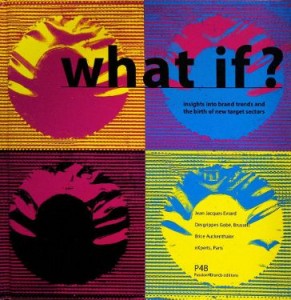
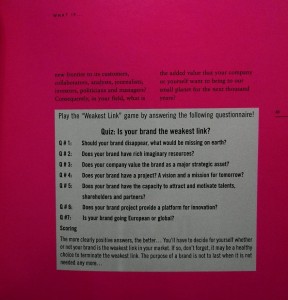

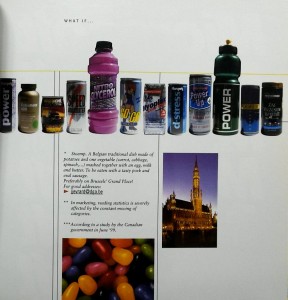
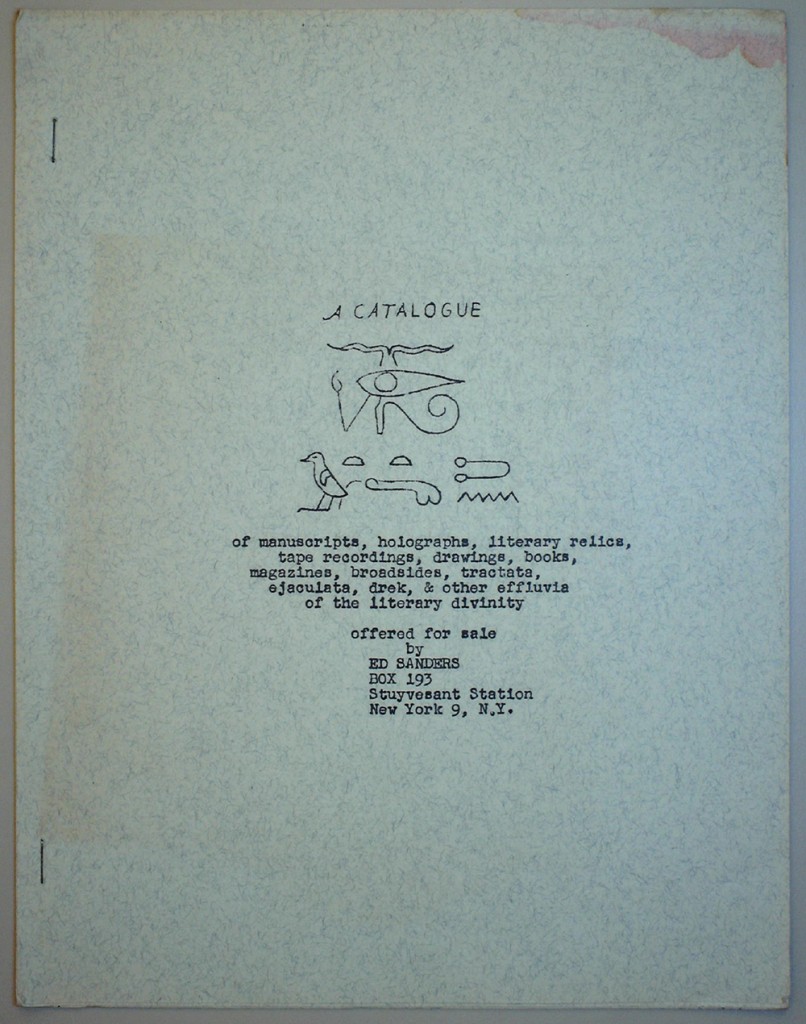
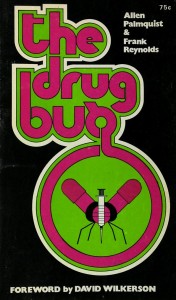

 The book details various groups that are curious about drugs or experimenting with them already and gives brief sketches of presumably true stories. There are short Question and Answer sections which come from graduates of the Teen Challenge program. It reads a bit like promotional material for this Christian organization, which is still in operation
The book details various groups that are curious about drugs or experimenting with them already and gives brief sketches of presumably true stories. There are short Question and Answer sections which come from graduates of the Teen Challenge program. It reads a bit like promotional material for this Christian organization, which is still in operation 